Nowodvorski Luminaires

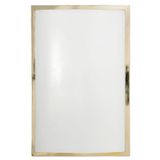

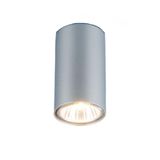

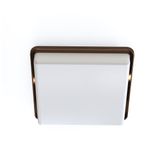

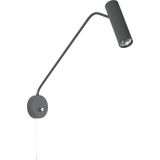
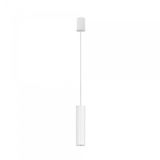
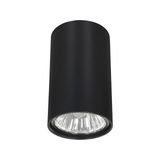
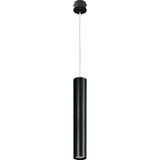

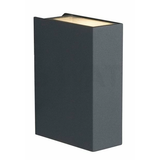
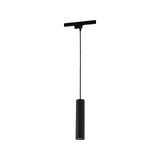
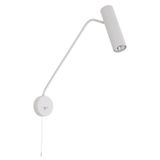
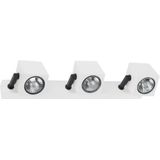
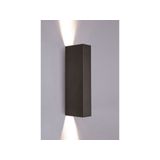
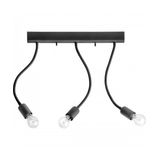
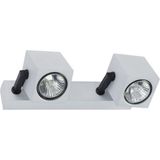
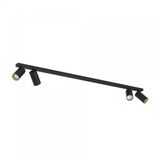

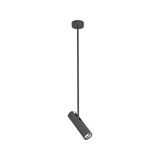

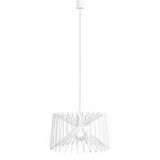



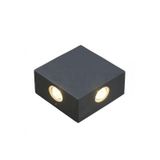
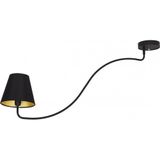
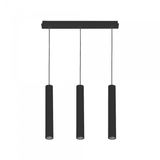
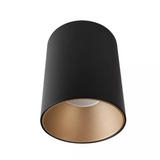

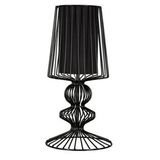
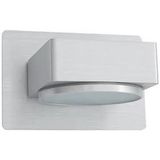
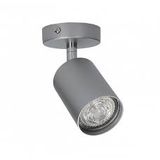
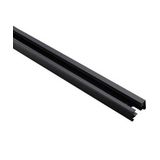
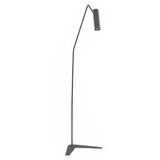


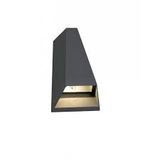
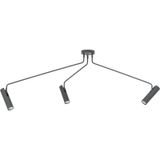

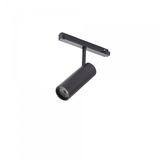
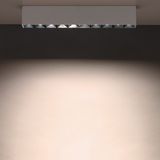

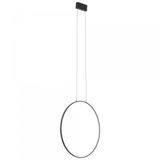
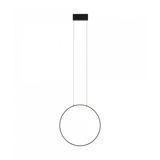
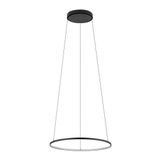


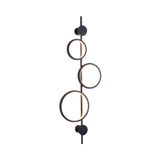
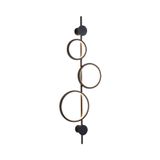


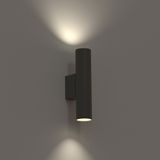
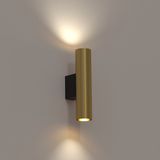

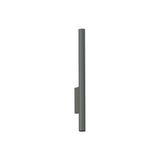
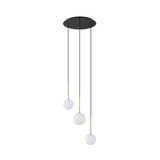
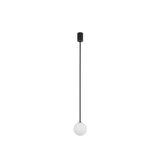
Nowodworski’s Design Philosophy and Manufacturing Excellence
Founded in 1994 in Poland, Nowodworski has grown from a family-run operation to a lighting manufacturer present in over 50 international markets. Their production takes place in two Silesian plants, where they operate a photometric laboratory and fully control quality and innovation.
For specifiers and procurement professionals: this means you’re working with a brand whose investments extend beyond styling—they include manufacturing precision, material traceability and product-continuity. That reduces risk of discontinued models or undocumented variants.
Nowodworski Decorative & Modern Luminaires for Indoor Spaces
In the field of indoor decoration, Nowodworski offers a broad palette: pendant, ceiling, wall, floor and table luminaires crafted with both aesthetics and functionality in mind. The signature collections (such as Mono, Stone, Cameleon) combine minimal silhouettes, quality finishes (brass, black matte, nickel) and LED or lamp-base options.
From a technical selection standpoint: key parameters include lamp or module type (e.g., integrated LED up to 3000 lm or GU10/E27 lamp base), colour temperature (2700-3000 K for warm ambient zones, 4000 K for task areas), mounting type (suspension, ceiling or wall), and material finish consistency across rooms. Choosing a luminaires family from one brand ensures colour and finish uniformity throughout the project—a major asset in hospitality or large residential builds.
Nowodworski Lighting Fixtures for Specification-Focused Procurement
When specifying or purchasing Nowodworski’s lighting, procurement teams should check:
- Finish matching: e.g., ensure brass tones or matte black are consistent across ceiling, wall and floor units.
- Mounting height & drop: for pendant models, verify suspension drop length, weight of fixture and ceiling canopy diameter.
- Light output & lumen package: larger decorative pieces often deliver 2000-4000 lm with integrated LED modules; smaller pendants may be 10-20 W with 700-1200 lm.
- Dimming and driver specification: many Nowodworski models support trailing-edge dimmers or DALI-ready modules; mismatched drivers can lead to flicker or performance drop.
- Replacement-part continuity: since the brand emphasizes long-term manufacturing, spares and driver modules are more consistently available.
Failure to check one of these often results in mismatched lighting tone or delays in retrofit/spares availability.
Why Standardising on Nowodworski Adds Value to Projects
Using a single brand like Nowodworski across a project—covering pendant, wall, table and floor luminaires—offers several operational and aesthetic advantages. Maintenance teams can carry fewer spare SKUs; visual continuity is maintained; procurement deals with fewer variant-families; and warranty or service interactions are streamlined. Because Nowodworski invests in quality production, spec-teams can rely on consistent photometric performance across years.
B2B Supply & Wholesale Support via Bank of Lamps
Bank of Lamps provides full access to the Nowodworski luminaires portfolio—with procurement support and logistics tailored to professional buyers and project roll-out scenarios:
- Pricing tailored to your purchase volume and project repetition, ensuring competitive wholesale rates.
- A dedicated account manager assigned to your project who handles specifications, finishes, delivery planning and documentation.
- Real-time stock visibility across our distribution centres and partner warehouses to minimise lead-time surprises.
- Fast quoting process—most requests are answered within one business hour, supporting tender deadlines.
- Efficient ordering using EAN/MPN identifiers—reducing entry errors especially in large-scale orders.
- Download-ready technical documentation, finishes catalogue, price-lists available for procurement and design teams.
- End-to-end logistics transparency: you track from order placement to dispatch and delivery.
Purchase history dashboard: enables repeat-orders, spare-part planning and variant tracking.